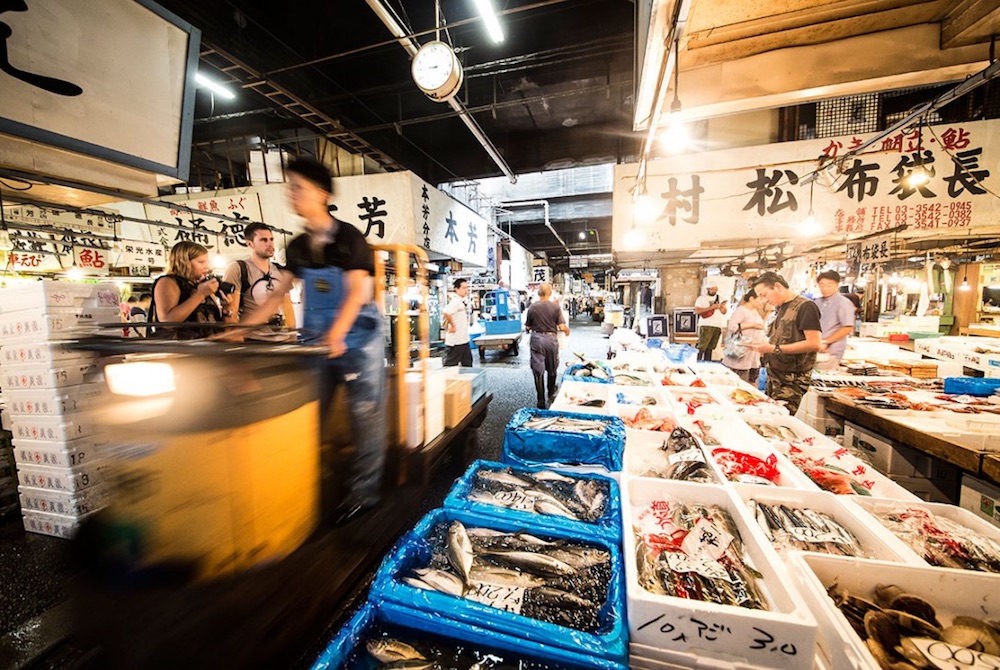Almighty Tokyo Prefecture (東京) doesn’t require much of an introduction. It is after all, the capital of Japan and the most populous metropolis (都) in the world.
That being said, the unique political composition of Tokyo may require some clarification, because Tokyo is not your standard city, it is also a Japanese prefecture (県).
It was only in 1943 that the City of Tokyo merged with the Metropolitan Prefecture to form Tokyo-to (東京都), the only ‘to’ of Japan’s 47 prefectures.
Today, Tokyo Prefecture is the third smallest prefecture in Japan, consisting of 23 special wards, all of which are governed like cities. Don’t let size fool you though because Tokyo is bursting with things to see and do, for both locals and travelers.
To start our Japanese Prefecture Series, we’ll be highlighting some of the prime attractions, and of course, learning some relevant Japanese vocab along the way!
Central Tokyo
Northern Tokyo
Western Tokyo
Southern Tokyo
Outer Tokyo
Central Tokyo

Many of Japan’s first time visitors embrace the jetlag by heading over to Tsukiji Fish Market (築地市場) at the crack of dawn to witness the famous tuna auction.
With over 2,000 tons of produce shifted everyday, Tsukiji Fish Market was one of the world’s largest sakana (魚) markets.
However, as of October 2018, the Tsukiji Inner Market has already been moved to a new site in Toyosu. The Outer Market that sells street food, on the other hand, would still continue to operate as usual.
A short subway-ride away is the Imperial Palace and Gardens which have been home to Japan’s Imperial Family since the capital was relocated from Kyoto to Tokyo back in 1868.
There are already enough ways to spend money in Tokyo, so free admission to explore some greenery is always well-received.
If, however, you are looking for something more fantastical, then only 3 km away is Akihabara (秋葉原) – an anime, maid café and gaming haven that will delight your imagination.
Northern Tokyo

You may be hard-pressed to find pre-1900’s architecture in Tokyo unless you head over to Asakusa (浅草), one of the only areas to have withstood WWII.
The main spectacle here is Senso-ji, a 7th century Buddhist temple which seems to be busy 24/7 and whatever the weather.
Around the corner is Ueno Park which features a boat-worthy pond, Ueno Zoo, shrines, temples and of course a variety of museums, from the Tokyo National Museum to the National Science Museum.
Ueno is also a great place to bask in the gold leaves of autumn (紅葉) with your favourite coffee.
Western Tokyo

Western Tokyo is home to perhaps the most famous ward of Tokyo – Shinjuku (新宿). And the undisputed symbol of this area is its astoundingly huge train station (駅) – commonly known as the busiest in the world.
Shinjuku is an energetic entertainment district, it’s the place to feast your eyes, fill your belly and find your fun. It also houses one of Tokyo’s largest parks, Shinjuku Gyoen (新宿御苑), which has a French, an English, and of course, a Japanese Garden.
The other “Big-S” of Western Tokyo is Shibuya (渋谷) which complements its northern neighbour perfectly with the famous Shibuya Crossing, immersed among shops, bars, karaoke venues, and eateries.
Southern Tokyo

Offering a beautiful sunset across Tokyo Bay, as well as plenty of entertainment options for all ages is Odaiba (お台場), one of Southern Tokyo’s most well-known areas.
Here you will find numerous shops and retail outlets, Leisureland, Oedo Onsen Monogatari (a hot spring park) and even a huge Gundam statue.
Outer Tokyo
The south-east periphery offers American-style amusement in Tokyo Disney Resort and Disney Sea. On the other hand, the far west offers a bunch of more rural cities like Hachioji, Fuchu, Tachikawa and Musashino, just to name a few.
If you are looking for a calmer affair through hiking opportunities, there are also many mountains of which you can find to the west of Tokyo such as Mount Mitake, Mount Takao, Mount Odake and also Mount Mitou of which we get to climb almost every year! 😀